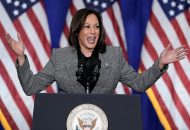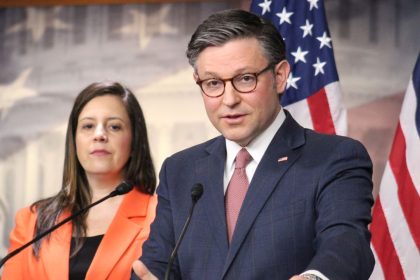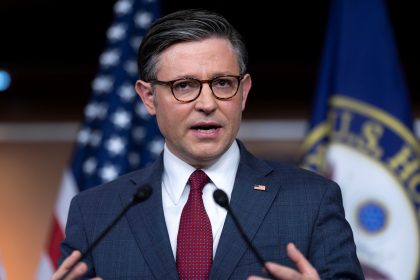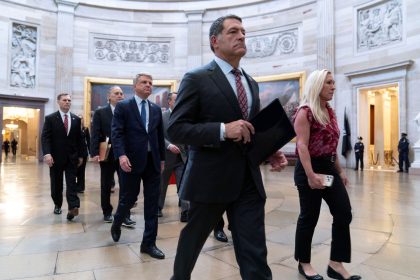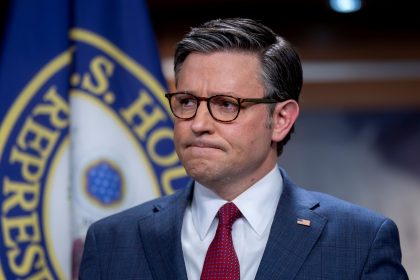Dissident Dems Say Keep the Filibuster Vote Threshold but Hold the Floor
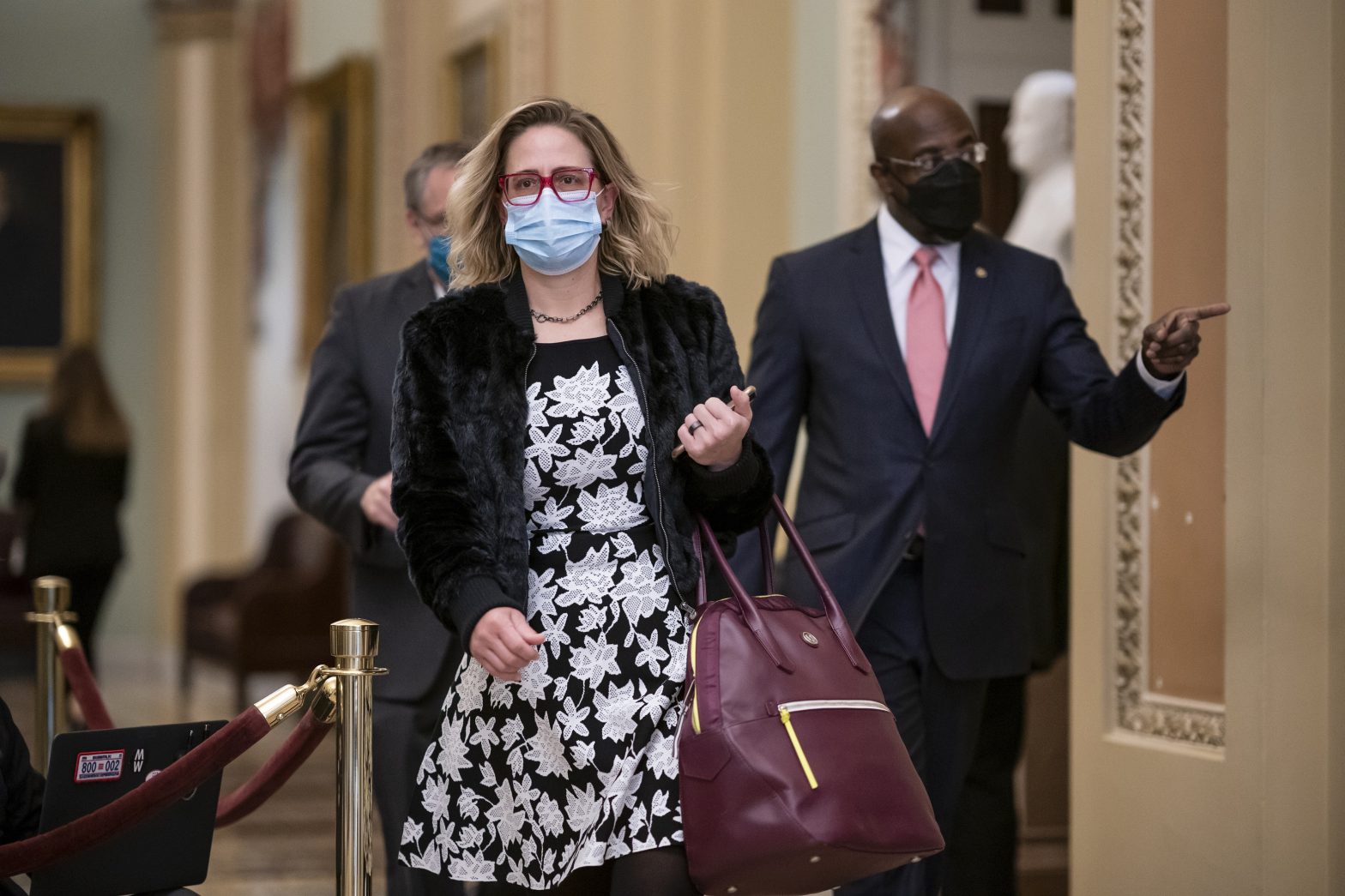
WASHINGTON — Although progressive members of his party continue to push for parliamentary revisions to the Senate’s filibuster rules, it appeared Sen. Joe Manchin, D-W.Va., had already made up his mind on the matter.
“Jesus Christ!” Manchin, a self-proclaimed moderate-conservative Democrat, shouted to Capitol Hill reporters last week. “What don’t you understand about never?”
Manchin’s outburst had been prompted by the reporter’s asking the senior Senator if he had changed his position on sacking the 60-vote threshold standing in the way of his party’s agenda. Unequivocally, the answer appeared to be a hard “no.”
It may have come as a surprise to some when Manchin appeared on NBC’s “Meet the Press” later in the week with a slightly altered position. This time around, Manchin suggested that some provisions of the filibuster rules could be changed to better suit his party’s policy ambitions.
“If you want to make (filibustering) a little bit more painful, make him stand there and talk — I’m willing to look at any way we can,” Manchin said on the program which aired Sunday, March 7.
“But,” he continued, “I’m not willing to take away the involvement of the minority.”
Similarly, Sen. Kyrsten Sinema, D-Ariz., has expressed support for maintaining the 60-vote requirement in the Senate needed to move legislation forward. In a written statement released by her office, Sinema said the filibuster is “meant to protect what the Senate was designed to be,” and that the chamber’s members have “a responsibility to put politics aside and fully consider, debate, and reach compromise on legislative issues that will affect all Americans.”
Manchin and Sinema, at odds with their own party, now find themselves in a unique position amongst the divided chamber. The passage of major overhauls to voting rights, minimum wage, immigration, and climate laws may in fact be obstructed by two Senators of the majority party, rather than the minority party.
“Proponents of also lowering that threshold to a simple majority, effectively eliminating the filibuster entirely, argue that doing so is necessary to overcome gridlock and pass major legislation,” Sinema said in a written statement. “Opponents maintain eliminating the filibuster on legislation runs contrary to the deliberative nature of the Senate, and would afford too much power to the majority party.”
Past attempts at lowering the vote threshold required to invoke cloture and move on to a vote have failed. A 1995 proposal from former-Sen. Tom Harkin, D-Iowa, would have gradually lowered the required number of votes to end a filibuster from its initial 60-vote margin to 57 after a few days of debate, which then would be lowered to 54, and lowered again to 51 after eight total days of debate.
Harkin’s proposal ultimately failed, and the filibuster has only been eliminated when the Senate votes on executive branch nominees, judicial and Supreme Court nominees, TWN previously reported.
But reestablishing rules requiring Senators to hold the floor to stall voting on a bill’s passage could be seen as a compromise to the dissenting Democrats. In 2012, Sen. Jeff Merkely, D-Ore., proposed this very course of action, although the idea was eventually shot down.
However, Merkely’s proposal is being re-embraced by some liberal Senators who aim to reform Senate rules. Sen. Catherine Cortez Masto, D-Nev., recently put out a statement in support of the talking filibuster.
“(Kentucky Republican Sen. Mitch) McConnell is determined to exploit the filibuster and fight progress on the most urgent crises facing our nation and if he wants to block action on health care, climate change, and voting rights, he should have to stand on the Senate floor and be transparent about his obstruction,” Cortez Masto said in a written statement.
Cortez Mastro’s position may be a sign that filibuster reform is on the horizon. At this time, it still appears the greatest threats to President Joe Biden’s policy agenda may in fact lie within his own party.












